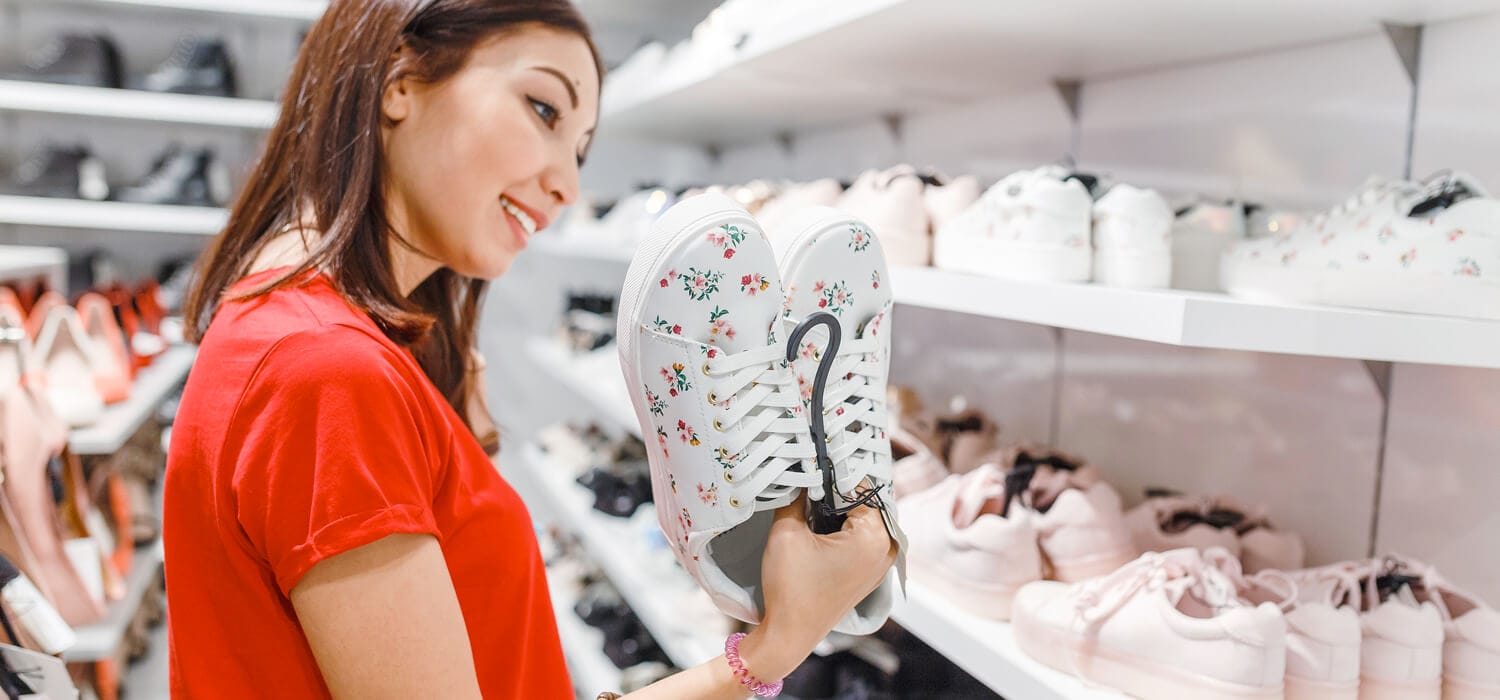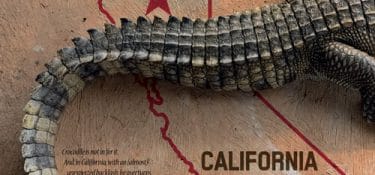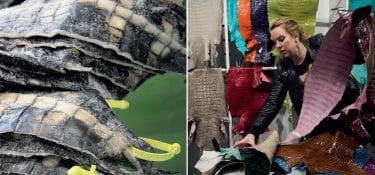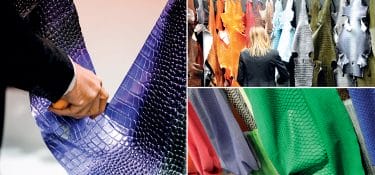Even those opposed to the dominance of sneakers, at the end of the day, end up wearing them of put them in their collection. While some start to suspect that their run is about to come to an end, let us try to understand how the sneakers’ incredible success has (structurally) changed the balance of the chain
by Luca Fumagalli
Milan, December 2018. Christmas is soon coming, and the city centre is filled with people looking for presents. Close to the Duomo is the stop that nobody skips: La Rinascente. One of the corners attracts our attention. It is of an historic footwear brand, British, regal, that has been the property of the Prada Group since 1999. Church’s is one of those where the name alone is enough to identify the product. Specifically, the laced leather shoe with a leather sole. Here, though, our eye falls on some models that have little to do with the brand’s traditional shoes. They are sneakers. However, Anthony Romano, ceo of Church’s, just a few days before, had announced that the elegant style and British sobriety of the brand were staying, resisting to the “sneakerization of the market”, preserving its craftmanship DNA and adding value to the importance of leather. We don’t doubt that this statement was made in good faith, but business is business, and, even when trying to refuse it, nobody can say no to sneakers. Other brands also can’t say no, even if it is considered (erroneously) man’s fashion, and thus companies that made their fortune with 12cm heels also give in. Aquazzurra, for example, promotes a new sneaker collection based on their incredibly light weight: made with veal leather, and weighing only 65 grams. Or Jimmy Choo, which created the opulent Diamond model, costing around 3,000 euro, and made with molded plastic with Swarovski crystals on it.
Let’s go back to Milan.
Just after a few hours after our (supposed) discovery at La Rinascente, December 18th’s afternoon, a strange group assembles in front of Nike Lab Store in Via Statuto. A group of young adults and teenagers (and others), gets in line to purchase, at the ‘low’ price of 170 euro, a pair of Off-White Air Force 1 “Black & Volt”. The temperature is glacial, and to make their dream come true, they must wait till morning. And so, blankets and sleeping bags start popping out on the street. All to purchase a pair of Nike shoes on which Virgil Abloh, founder of Off-White and stylists of LV’s men’s collection, “has worked on”.
In light of all this, it seems unbelievable that the success of sneakers can be ending, or at least, cool off. And yet, there are those ready to bet on it. Neil Clifford, ceo of British retailer Kurt Geiger, seems to have no doubt in his mind, and states: “I made a bet with Sebastian Manes, Purchasing and Merchandizing director of Selfridges: I think we are at the top of this trend, and are soon to go backwards. In every meeting we ask ourselves: Do we have enough sneakers? Should we buy more? Things change, and now they are changing much faster than one may realize. I believe that we will go back to wearing more formal items, thus with classic shoes and heels. I think 2018 was the golden year for sneakers, but the kickback is about to hit”.
And if that was the case, what would be the reaction of the tanning segment? “I don’t see it as an immediate possibility – admits Roberto Tirloni of Sicerp -, but it could be likely”. The use of the conditional tense all throughout the sentence is clear, when speaking of a revolution that “has, without doubt, penalized on the marketplace – continues the Lombardy-based entrepreneur -, people like us, who are focused on the production of an elegant product. Out material doesn’t fit with sporty collections, and so, in our case, the situation is complex, because the “formal” segment has reduced consumption, having increased the collections of sneakers. What we sell, moreover, must be perfect, with no defects”, because “they can’t afford to have unsold merchandize, and therefore don’t want any doubt on the leather they are buying”. Similar, to a point, is what said by Conceria Stefania, a tannery that works for women’s high-end segment, one that has been able to maintain a growth trend these years and that will close 2018 in stability. The tannery’s experience translates into its understanding that clients want “sportier” items, but that hasn’t disrupted the “hard core” of high-end elegant footwear. Tuscany-based Conceria M2 is in line with its thinking: they “felt the performance of sneaker, but it didn’t really turn their world upside down”. And so: whatever is chosen for the sneakers, in terms of volume, has the necessity of being “very fair” in terms of price, because leather (in mass-produced models), end up being used as an addition, cut-out, and rarely (and only for top collections), for the full upper. Fact remains, the sneaker has been a ‘do wonders’ for some. We heard it in the last edition of Lineapelle, where a spokesperson from a Veneto-based tannery supplying premium level leather to a luxury brand said: “Orders? They have multiplied”. Not all sneakers lead to harm.
Frankenstein’s Syndrome
First one to pose the question on our front-page cover, and answering herself with a “yes”, is Vanessa Friedman, renowned fashion journalist and fashion expert with The New York Times, who wrote a piece on October 18th, 2018, titled: “The Season of Peak Sneaker Silliness”. She is known for her ‘cutting’ ideas and writing, and in the article, she complains that some sneaker models are simply “Frankenstein monsters on foot”, and that all of this is the symptom of a creative derivation that will bring the end of this “fashion sneaker phenomenon. Have we reached the peak sneaker ridiculousness? Marketing executives have become convinced that every single brand has to have a sneaker in its footwear arsenal, and the pressure is on to up the ante with a new design – to make it crazier! and bigger! and artier! (and, sometimes, uglier) – the form has begun to flirt with being a parody of itself”. “Some of these are fantastic -, admits Friedman, but some monstrous”, they are “clumpy, and weigh down” who wears them. Moreover: “they cost an awful lot”. Too much to avoid thinking that the game of sneakers is risking of becoming a provocation to itself. An extraordinary provocation, until it stops selling. Very dangerous, at the time it will begin to slow down.
Exemplary short story and forecast data
A few lines may very well do the trick, if one had to understand what the idea of sneaker means today. Let us tell the story of Stadium Goods, specialized marketplace founded in 2015 by John McPheters and Jed Stiller. It is a digital platform, but also has 1 physical store, in SoHo, New York. The market gravitating around the platform is so attractive that, one year ago, LVMH invested 4.6 million USD to get a part of the business, but, a few weeks ago, 100% of the business was bought out by e-tailer Farfetch. Value of the investment: 250 million USD. Too much? Too little? Everyone can make his/her own evaluation, but let’s keep in mind that, according bny a report recently published by Grand View Research, sporting footwear’s global market value will surpass 95 billion USD in 2025.
Rubber soles not so satisfied
“We started in 1965 with heels and insoles made in leather, now we make everything with plastic materials”. It is a summary, but a very effective one, from Maurizio Vecchiola, ceo of Finproject, said when discussing the sneaker-effect on the bottom’s marketplace. A market that is going through a “lightweight revolution”, as it is defined within the Marche-based company: “20 years ago, what was light was also cheap, even more so in Europe. Now, light materials, such as XL Extralight, make a difference, and have surpassed to more historic materials such as PVC, TP, and TR”. The impact that sneakers had on the Italian footwear segment was everything but ‘light’. And the same goes for Italian soles’ manufacturers. “Sneakers brought me no benefit, rather: it killed the businesses in Italy that manufactured medium-segment footwear, and many were our clients. And the orders for luxury made-in-Italy sneakers haven’t compensated the losses”, states Luigi Lucentini of Delta. Being able to metabolize the sneaker-effect isn’t easy: one must accept it, welcome it, interpret it, and find the key to reading in relation to one’s own business. It isn’t true that all “rubber” soles’ manufacturers have benefited from it, just as it isn’t true that all the producers of “leather” soles have had to shut down their businesses. But, there is one aspect that cannot be ignored: most sneakers are of Asian production, and thus, if one wants to sell bottoms in China or Vietnam, one must have production plants on site. In Italy the production of luxury sneakers grew, with complicated bottoms, but they entail a high percentage of wasted material, and a very high quality for the final product. In Civitanova, Marche, about 1 kilometre away from Delta, there is IPR, a company that has been riding on the luxury sneaker train for about two years. The company was “reshuffled”, explained to us Ruggero Ruggeri, converting machinery, buying new ones and hiring personnel that was more specialized in the manufacturing of sneakers, because the usual employee had to deal with the ‘invasion’ of new bottoms, and was thus called to update his/her skillset to keep up with the changing times. The advent of this type of footwear has been, and will continue to be, a double-edged blade: it can bring a business to heaven, or hell. But there are those that benefit from the sneaker-effect via kickback, taking advantage of the wide effect it has had: “My business is growing because this trend has had an effect on formal and classic footwear, moving manufacturing towards more casual models, and for this reason, even if I don’t manufacture sneakers, I can supply goods to footwear manufacturers specialized in more casual footwear”, tells us Angiolo Mannini, who was able to interpret this phenomenon, with which everybody (more so specialized leather soles factories for men’s shoes), has had to deal with, in the right way. “Sneakers have left a mark on the segment. My company was able to absorb the blow because, while some of our clients pretty much reduced their orders to zero, some increased their demand for leather soles”, explains Massimo Pazzaglia, of Giglioli Production, company that makes its specialization for elegant women’s shoes its winning tool. But even so, this Romagna-based entrepreneur trusts in the Neapolitan motto: “Adda passà ‘a nuttata”. Will this trend pass?
Sneaker, but with a leather sole
A way to reverse the point of view and dismantle a common belief. That’s what Consorzio Cuoio di Toscana is offering. “Even last generation shoes have leather soles: whether they are elegant décolleté, men’s laced shoes, or trendy sneakers, with florescent details or smooth leather, and variants made of two materials combined”. The sole? “Painted in floral patterns, zebra-striped, tone on tone or with arabesque designs: in any case, made of leather”.











